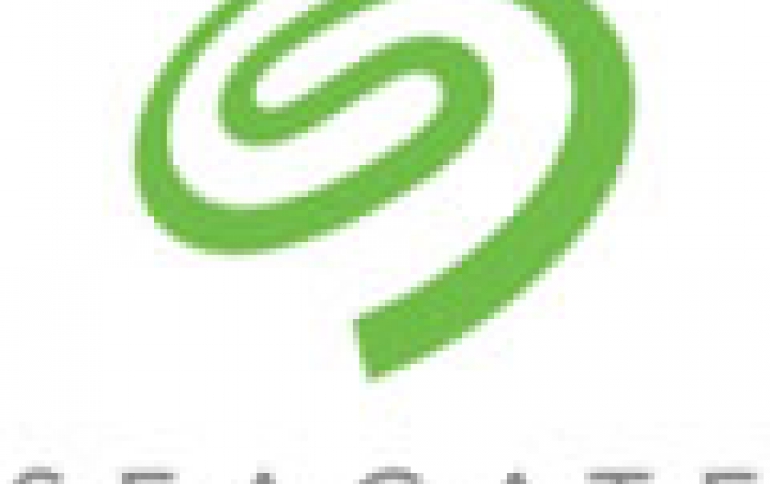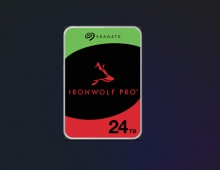
Seagate Sees 20TB HAMR Drives Coming in 2019
Seagate is on track to ship the first hard drives using Heat-Assisted Magnetic Recording, or HAMR, by the end of 2018, with volume shipments of 20TB+ drives to start in in 2019.
By Dr. Mark Re, Seagate Senior Vice President and Chief Technology Officer, says that Seagate is already shipping HAMR units for customer integration tests. He says that the HAMR drives are as simple to integrate and operate similarly to any traditional drive. They've passed qualification tests, confirming they are ready to ship in pilot volume next year:
Seagate;s executive unveiled that Seagate has built over 40,000 HAMR drives, with pilot volume set to start in 2018 and volume shipments of 20TB+ drives in 2019. The drives are built on the same automated assembly line as current products.
Seagate has achieved a 2 Tbps areal density, which is a 30% annual density growth on HAMR over past nine years.
Seagate's tests proved single-head data transfers of over 2PB, which exceeds real-world specifications. And in terms of cost, Re says the supply chain is fully established and ready to launch, while the projected cost-per-TB path beats legacy PMR technology.
HAMR uses a new kind of media coating on each disk that allows data bits, or grains, to become smaller and more densely packed than ever, while remaining magnetically stable. A small laser diode attached to each recording head heats a tiny spot on the disk, which enables the recording head to flip the magnetic polarity of each very stable bit, enabling data to be written.
Seagate's Re says that HAMR heads integrated in systems consume under 200mW power while writing - a tiny percentage of the total 8W power a drive uses during random write, and easily maintaining a total power consumption equivalent to standard drives. Thus, no increase in drive temperature occurs. "Of course, in a HAMR drive, the media is heated by the laser diode during the write process - but each bit is heated and cools down in a nanosecond, so the HAMR laser has no impact at all on drive temperature or the temperature, stability, or reliability of the media overall," Re added.
HAMR is also the next technology to increase data density on the roadmap that's been defined by the major storage technology providers, as part of the Advanced Storage Technology Consortium (ASTC), representing the industry consensus.
"Seagate has already demonstrated working HAMR drives surpassing 2 Tbpsi using the ASTC criteria, achieving a capacity using pre-production technology that exceeds the limits of CoPt media for bit cell thermal stability," Dr. Mark Re added.
HAMR is on track to deliver 20TB+ drives by 2019, and to continue thereafter with a forecasted 30 percent CAGR (compound annual growth rate) in data density to achieve 40TB or higher by 2023.
Earlier this month, Seagate's rival Western Digital demonstrated the world's first microwave-assisted magnetic recording (MAMR) HDD. Contrary to Seagate, Western Digital believes that HAMR drives will not be commercially viable in the near term, although said it would continue to make "appropriate investments in the technology." At the same time, WD says that MAMR is more cost-effective, and more reliable solution for future HDDs.





















